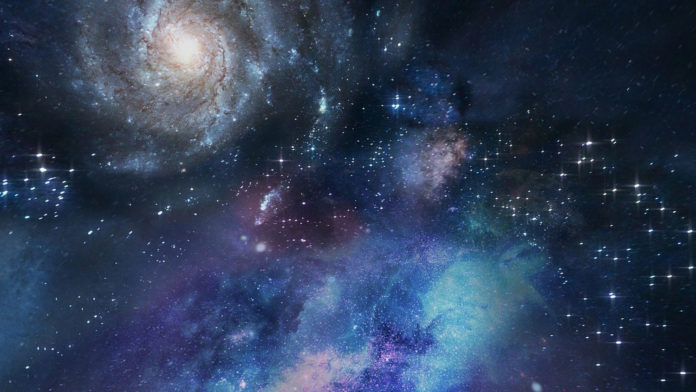The standard model of the evolution of the Universe suggests that a complex network of galactic filaments form along and follow web-like strings of dark matter- referred to as the cosmic web. The intersection of those filaments forms galaxy clusters.
There is n number of biggest and densest clusters in the Universe that fascinates astrophysicists. However, how filaments contribute to galactic evolution remains less clear.
To get deeper insight, an international team of scientists led by Prof. Pascale Jablonka and Gianluca Castignani from EPFL‘s Laboratory of Astrophysics (ASTRO) examined the Virgo cluster’s vast environment.
Located around 65 million light-years away from Milky Way, some 1,500 galaxies reside in the cluster.
Prof. Jablonka said, “Many properties of galaxies, like their morphology, gas content, and star formation rate, are directly influenced by their environment. We know that galaxies form fewer stars in very dense environments and adopt a more elliptical shape. But the exact role that filaments play in this transformation is still unclear. That’s what we wanted to investigate with our research.”
Scientists determined the properties of galaxies located around the Virgo cluster across a region spanning 12 times the radius of the main cluster. This is the largest study conducted to date on this topic. It covers a sample size of some 7,000 galaxies, including 250 big enough for scientists to precisely estimate their gas content – and especially the amount of cold, dense atomic hydrogen that stars are made out of.
Measurements were taken using the decametric radio telescope in Nançay, France, and the IRAM-30m telescope in Pico Veleta, Spain.
Scientists later combined their data with measurements from the literature. They found that the properties of galaxies – namely, their shape, star formation rate, gas content, and the age and metal content of their stars – clearly change as the galaxies evolve from more isolated positions towards filaments and eventually into clusters.
Here, filaments serve as a transitional environment where galaxies are pre-processed before falling into a cluster.
In this environment, star formation slows or even stops altogether, elliptical shapes appear more frequently, and there is less atomic and molecular hydrogen, indicating that the galaxies are reaching the end of their active life.
Scientists noted that they found– a galaxy’s evolution through its life cycle corresponds to the local galaxy density: galaxies producing few or no stars made up less than 20% of the sample of isolated galaxies, but they accounted for 20–60% of galaxies in the filaments and some 80% of galaxies in the Virgo cluster.
The study could explain galaxy formation and how galaxies evolve with major cosmic bodies.
Journal References:
- G. Castignani, F. Combes rt al. Processing gas in cosmological filaments around Virgo cluster. DOI: 10.1051/0004-6361/202040141
- G. Castignani, B. Vulcan et al. Catalog and First Results on the Effect of Filaments on galaxy properties. DOI: 10.48550/arXiv.2110.13797
